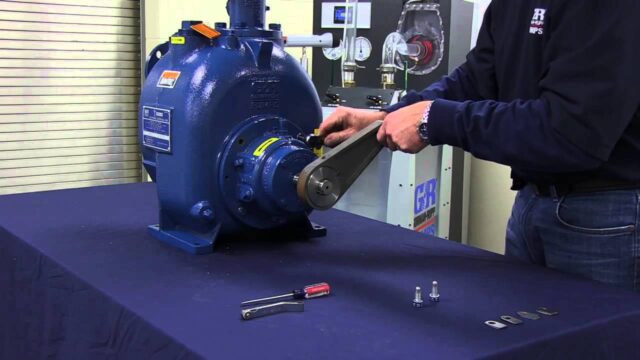
The Gorman Rupp pumps are manufactured using efficient machines to ensure that the products have guaranteed quality. The high-quality products are also distributed by selected companies that also offer services and education to the clients on the various products. To find more about the Gorman Rupp Pumps and a distributor to help install and maintain the system, click this link www.envirep.com and contact the agents for help.
Types of Gorman Rupp Pumps
1. Self-priming centrifugal pum
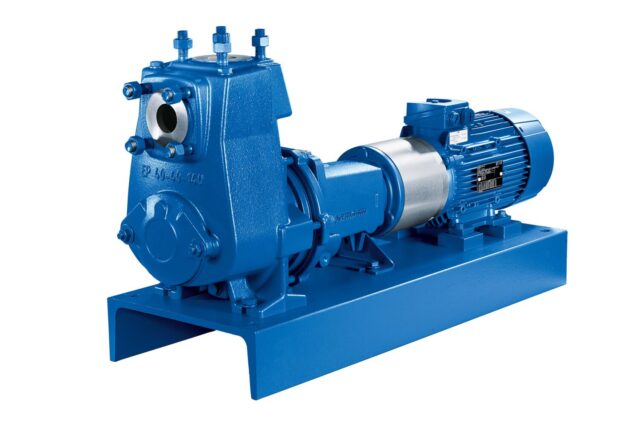
The self-priming pumps are designed with the ability to prime even under suction lift conditions. They are placed above the ground hence making it easy for drawing fluid from underground or from tanks. Although they can eliminate trapped air in the suction ram, sometimes they may fail to prime themselves. Some of the reasons that may lead to failure include
1. Leakages in the suction line leading to continuous air drawn into the pump, which does not get discharged since the leaks interfere with the ram pressure.
2. The presence of debris in the impeller causes system failure since when the impeller is blocked, it loses its hydraulic ability to create an area of low pressure as required by the ram.
3. When the pump is air bound due to a pressurized discharge line, excess impeller clearance, or pressurized discharge line, it cannot attain low pressures required hence failure.
4. A plugged recirculation port prevents the impeller eye from creating an area of low pressure; hence the liquid fails to be pulled up the suction line.
5. Under sizing the pump, size makes it lift too high for the system’s speed or the impeller diameter; hence the pumping system cannot create the low pressure required for the pump to self-prime.
2. Trash Pumps
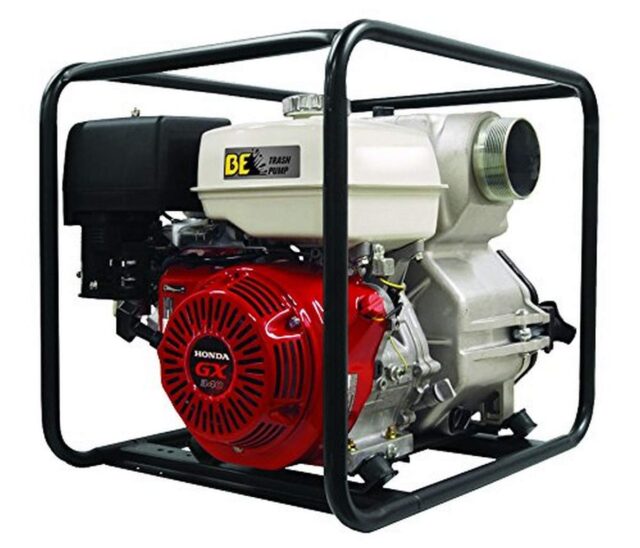
Trash pumps are systems that are suitable for handling industrial wastewater and sewage. They are manufactured using materials that are highly resistant to abrasion or corrosion.
Therefore, they can be used in applications where the liquid contains solids up to a maximum diameter of 3 inches. Examples of solids that trash pumps can handle include pebbles, leaves, and twigs. They are used to handle sewage since it allows its passage easily. The system is designed to work by sucking in the dirty water and separating the components into various groups. A
t the end of the process, it produces filtered water in one end and contaminants on the other end. Centrifugal types of trash rams help the system draw water upwards by creating a suitable low pressure.
Diaphragm trash pumps, on the other hand, make a vacuum area. Trash rams are powered by petrol, diesel, or electricity in high voltages.
3. Submersible pumps
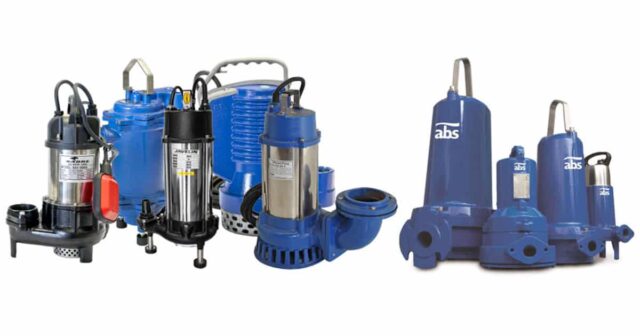
Submersible pumps are made with very light material hence exist in delicate weight designs. They are also capable of self-protecting from extreme thermal conditions. The best temperature for the submersible pumps is either sub-freezing temperatures or warm temperatures.
They can also be applied either totally or partially submerged into the fluid to be transported. These types can be used to handle solids, wastewater, slurries, sludge, waste oil, dewatering, and drilling mud.
Rotary gear pumps
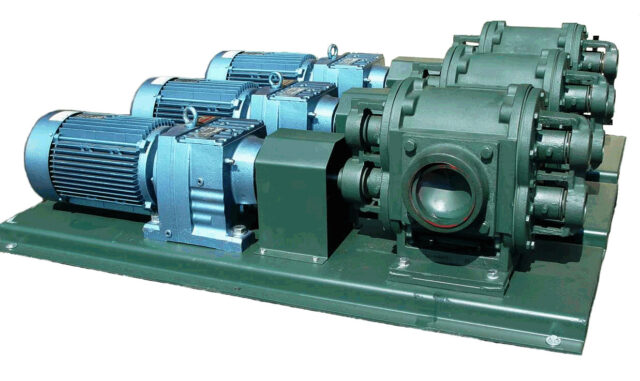
The type of materials used to make this type of ram varies depending on the pump’s model. The rotary gear pumps exist in three models, i.e., medium-duty, heavy-duty, and extreme duty, made from cast iron, cast steel, and stainless steel. Other types of Gorman
Rupp pumps cannot reach the level of performance provided by the rotary gear pumps. These pumps are capable of handling any application and any liquid medium. They are versatile, quality, and reliable since they can be employed in countless applications and have patented features.
The design uses the principle of gear within a gear. The two gears are the rotor gear, and an idler gear rotated on a stationary pin and driven by the rotor gear to turn and operate an even larger gear. The liquid being transported, therefore, travels between the teeth of each gear.
The fluid is discharged by the gears on remesh hence forcing it out. The rotary pumps can’t handle thin and viscous liquids and can cope with abrasive and high-temperature fluids.
4. Priming Assisted Pumps
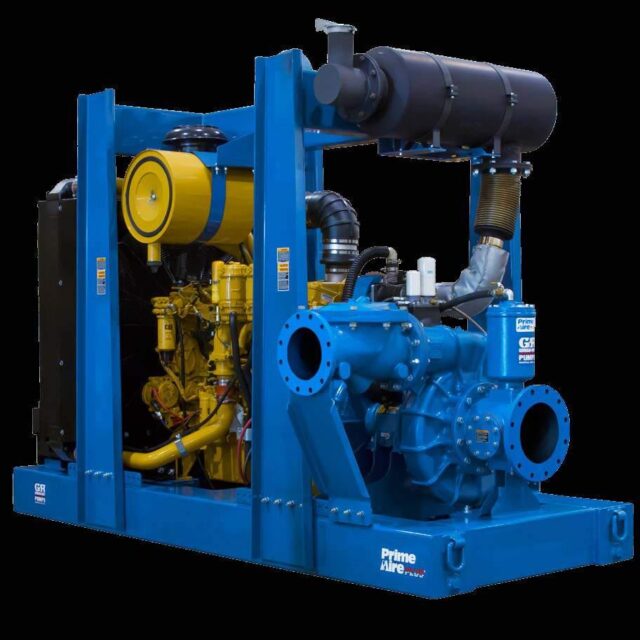
Many industry operators, municipalities, and contractors prefer to use the priming assisted pumps. These pumps are designed to handle tough jobs such as sewage bypass and dewatering large water volumes.
The pumps are best for applications that have long suction lines, large air volumes in the liquid being transported, and intermittent flows. The pump also has patent features that help prevent system leakages, thereby minimizing environmental concerns, enabling them to work optimally under flooded suction conditions.
Preventive Maintenance of Gorman Rupp pumps
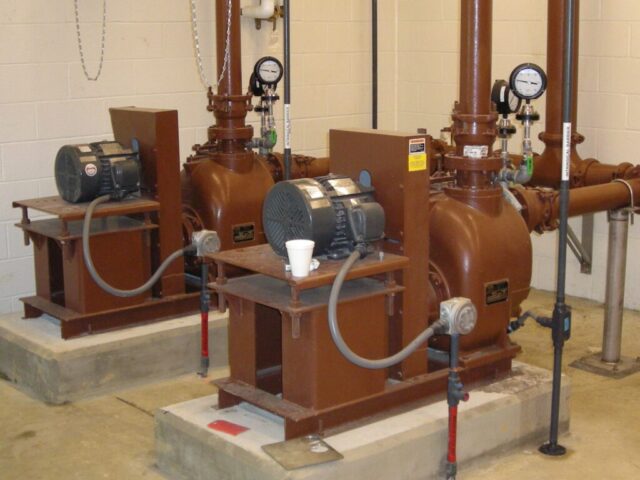
Gorman Rupp pumps are made with a high-performance advantage. To maintain the pumping system in its optimum performance, preventive maintenance is highly recommended. Some of the factors that affect the performance of the Gorman Rupp pump include pressure, temperature, and abrasive properties of the liquid.
Gorman Rupp manufacturers provide their clients with recommendations and practices they can employ to maintain the performance of the system. The routine helped to ensure that the Gorman Rupp pumps are trouble-free and durable when used for any application in various industries.
One of the essential requirements in preventive maintenance of Gorman Rupp pumps is record keeping. Preventive measures and repair are effective methods of ensuring the system are operating at its peak performance. Problems and issues can be identified by conducting regular scheduled inspections on the various parts of the system.
Other features of the system are prone to wear and tear. Whenever appraisals are done, ensure that such areas are indicated and a comparison of its state is indicated.
Conclusion
Gorman Rupp Pumps and their systems offer a variety of products to various clients and markets. There are multiple types of pumps sold and distributed, each of which has varying applications and uses in various industries.
Selecting the best kind of ram that fits the size of work to be done and serves the purpose expected depends on the quality and properties of the system chosen. Additionally, maintenance and protection of the system are crucial to ensuring maximum performance of the system.









